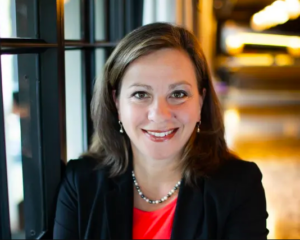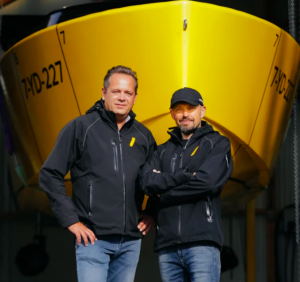Industry interview: Princess Yachts’ Will Green talks delays, price strategy and future growth
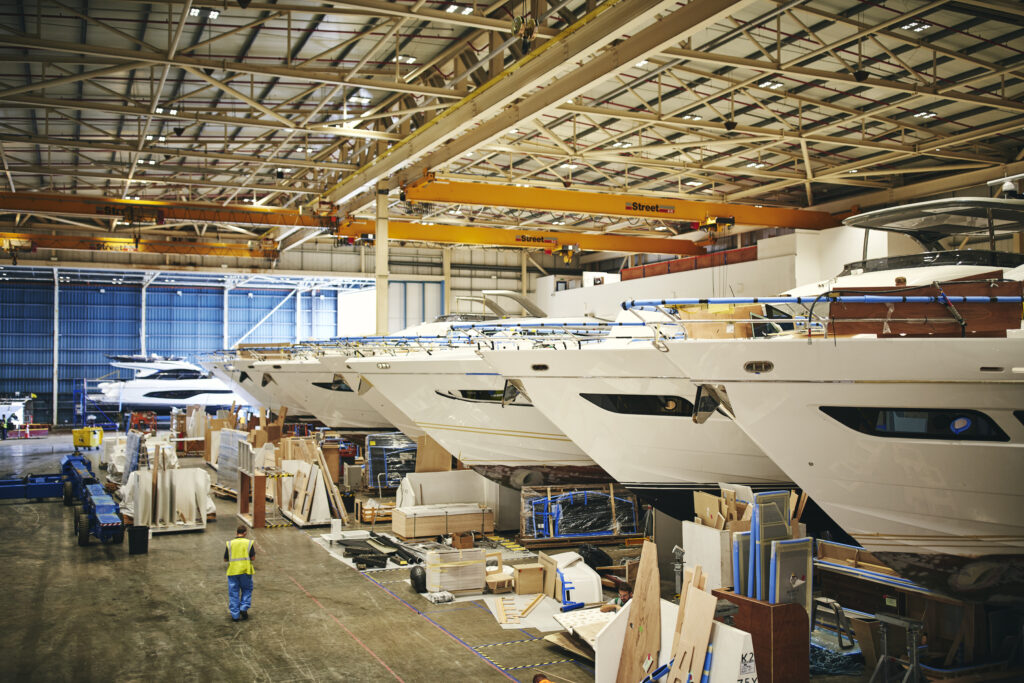
Princess Yachts’ executive director sales & marketing, Will Green, reflects on seismic shifts impacting the leisure marine market
No one could have planned for the challenges the pandemic would present to the industry and beyond, and while demand for boats rocketed in the latter part of 2020 in the UK, there is no doubt manufacturers are still dealing with unprecedented market shifts.
“Our biggest issue is availability,” says Will Green, executive director sales and marketing for UK luxury boatbuilder Princess Yachts. “It’s slowing us down because we’re so far forward sold. By the end of September 2022, our global stock was only two boats – I think that’s a record since 1965 when Princess started.
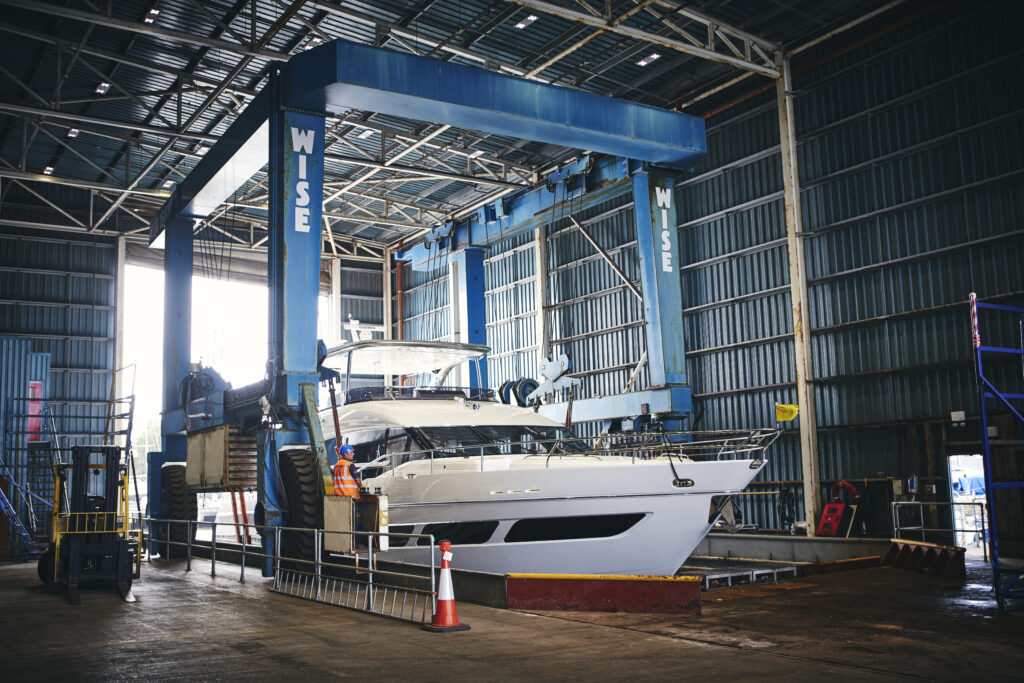
“If there is a bit of a correction in the markets that will almost be helpful, because it’s so painful when you’ve worked so hard to build a range, build a brand and a dealer network to then have customers that you can’t satisfy.”
Limited availability of parts has caused delays and backlogs across the industry. “Undoubtedly, we’ve lost customers where other yards have got availability, and we haven’t, which is a frustration. But there’s not a lot we can do about it.
“We got to the point last year where we’re building at a rate of 200 boats a year and selling at a rate of 300 boats a year and you just can’t sustain that.”
Princess Yachts’ executive director sales & marketing, Will Green
As people have returned to more usual patterns of travel, Green says he is starting to see that the covid ‘rush’ has passed. “I think the ‘let’s just get on with it’ mindset remains though. We’re still seeing people making decisions, possibly quicker than they once did.”
Read more industry insights in Marine Industry News print edition Issue 5.
Despite the delays and long lead times, customers also currently seem happy enough to wait. “I’ve never known customers to be so understanding – possibly because they’re seeing this same effect in so many other areas of their lives. And perhaps they would rather wait for the boat they really want to own rather than get one quicker that’s not quite right.”
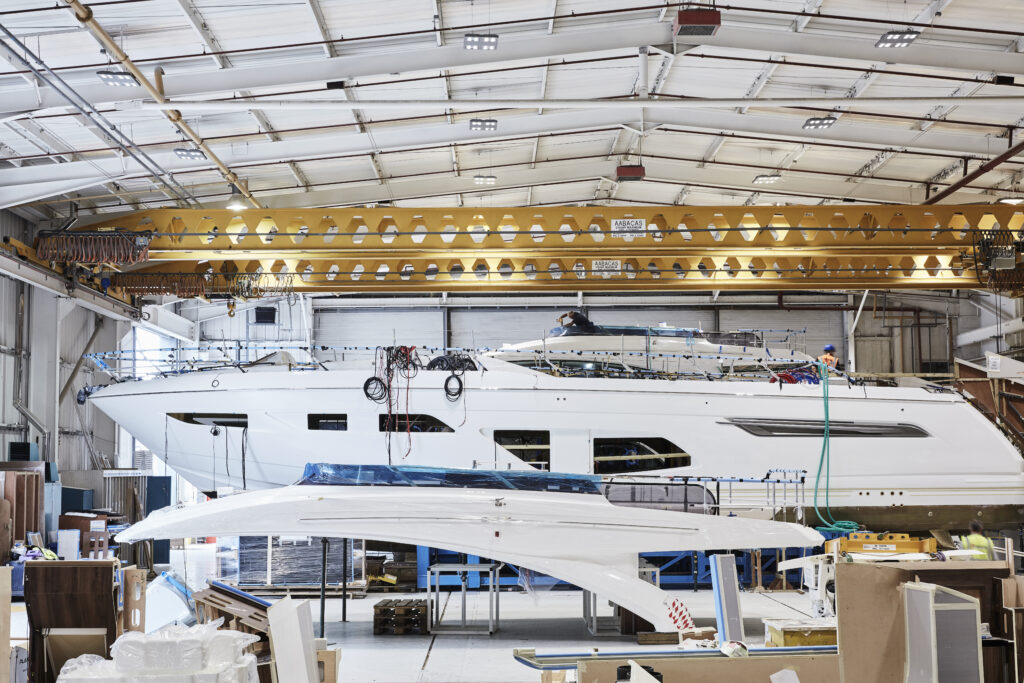
Boat pricing
In today’s market, where raw material price fluctuations can prove a constant headache, pricing strategies have had to change.
“In 2020 [when covid hit] demand halved pretty much overnight and I was fearful of how we would keep our 3,200 staff busy for April or May – so putting the prices up was the last thing we were thinking about,” says Green. “On reflection, we probably got caught out a bit where we didn’t put the prices up as much as we should have.
“Six to 12 months ago I was a bit concerned that we were perhaps overcooking our pricing. We were being very aggressive and putting the prices up quite dramatically. In hindsight, thank goodness we did because the cost of raw materials alone has gone through the roof.”
“But it is difficult. Customers want you to commit to a price beyond a period where you can commit to the cost of the materials that are going to build that boat.”
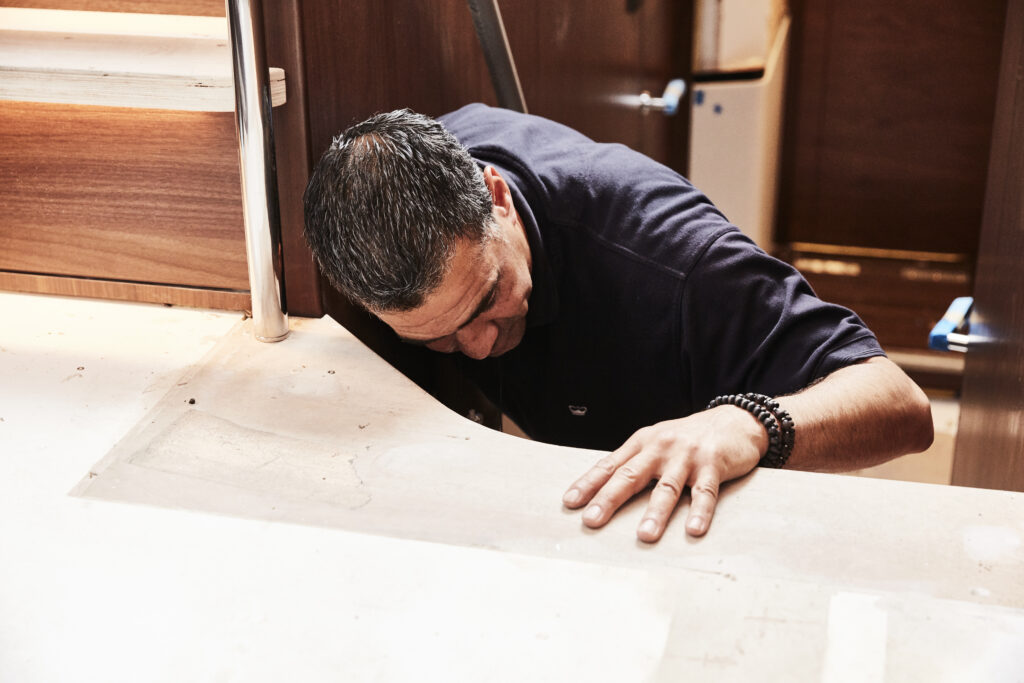
In terms of supply chain and parts, factory lines producing large yachts can absorb delays more easily, as evidenced by superyacht builders being more insulated from supply chain woes. High volume, high quality builders can be more heavily impacted.
“We see this in our own range. If you take our biggest boat – the 95 – the takt time is much longer than it is on our smallest boat. And the slower the takt, the more time you have to react to shortages. You’ve got a lot more work content in a longer takt so you can keep people busy by giving them different tasks to do.
“If we don’t have an engine for two or three weeks on a 95 we can cope with that. Whereas on a V40 it would stop our line.”
Or, as we did for a lot of last year, we’d have to put the engines in at the end, which is much more complicated and then requires a certain amount of disassembly to put the engines in so you end up doing the same job twice. We have become expert troubleshooters but it doesn’t do much for efficiency. It’s inevitably affected our volumes.”
Princess Yachts’ executive director sales & marketing, Will Green
Expansion plans
With a large order bank on the books, halting investment in new models could have been tempting but Princess has continued to develop and launch new products.
“I think we’re benefiting from the fact that the product range is so good. We have put a huge amount of investment into making sure that Princess range is highly competitive.”
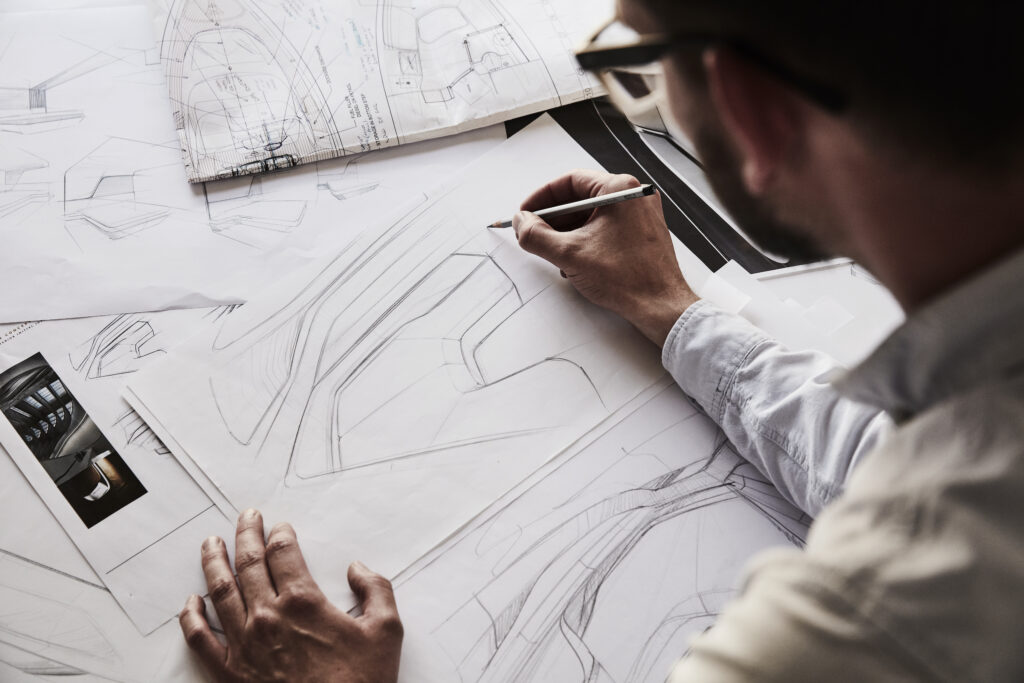
Louis Hunter, lead concept designer sketching initial designs
Green says that although his factory teams are having to work inefficiently at times, they are the company’s most valuable asset.
Princess has revealed expansion plans for its sites in Plymouth, UK, which Green says will “futureproof” the business.
“We’ve got seven factories in five locations in Plymouth. By carrying out this investment, it just frees up the options for us. We’ve got more facilities and can move things around to be more efficient. And potentially we will have the space to build bigger boats again as we once did with the M Class.”
Princess has stopped producing its M Class range, which included the Princess 30M (launched 2016), 35M (launched 2014) and 40M (launched 2012), but big boats are not being ruled out for the future.
“When we stopped building the M Class boats, it was down to the maths – with the same people, in the same factory we could generate a higher level of turnover and gross margin with a smaller boat than we could with the M Class. And potentially who knows one day we might be able to do both.”
Princess Yachts’ executive director sales & marketing, Will Green
Sustainability plans
As the industry pivots to embrace a more sustainable future, Green is clear on where he views the current potential to be for his sector of the market. “I think we have satisfied ourselves that a purely electrically powered planing GRP cruising boat in our size range is not viable. The technology just doesn’t exist today to do that electrically over any sensible distance.
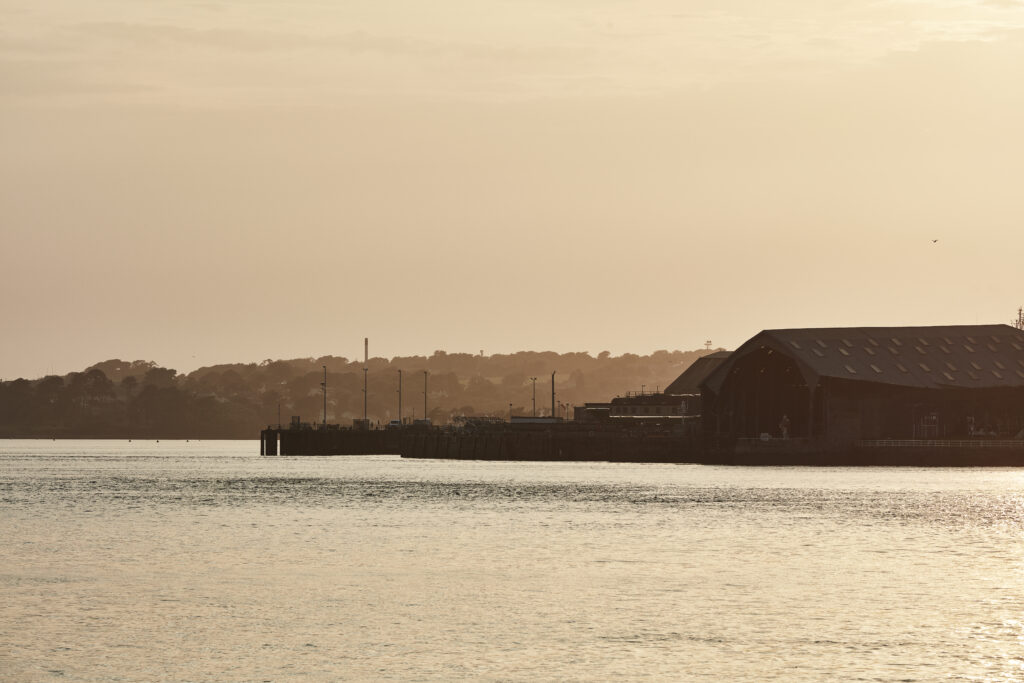
“Our efforts in sustainability are more structural. For example, we’ve just commissioned a very large biomass boiler at South Yard. We like to joke we are the biggest furniture maker in the UK, and we create a lot of scrap wood so we’re recycling that and turning it into fuel. Similarly, we’re just about to embark on a large solar programme, installing solar panels across the business.
“In terms of the product, while the method of propulsion is fixed, at least for now, our hulls are so much more efficient now than in the past. We have also begun offering the option to run the hotel services on lithium batteries, which is quite appealing to customers for reasons of both environment and comfort. This means once you get to your destination, for example, instead of turning on a diesel-burning generator, you can run silently on electric power.”
Images courtesy of Princess Yachts Ltd.


